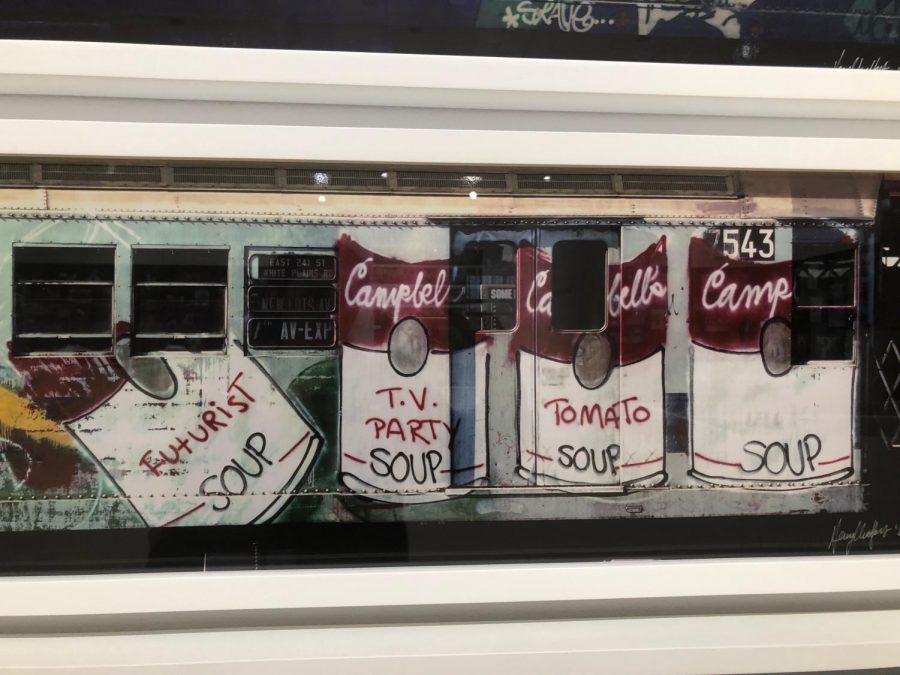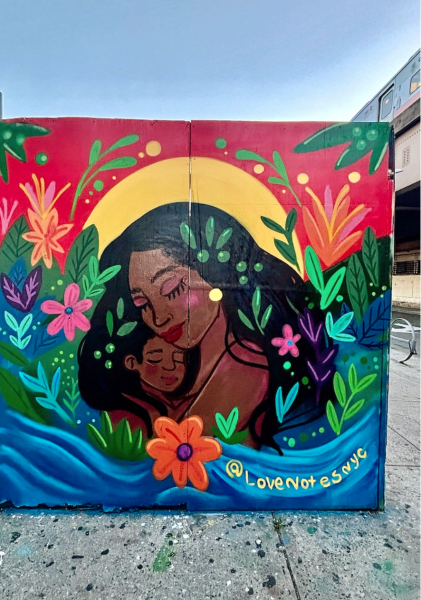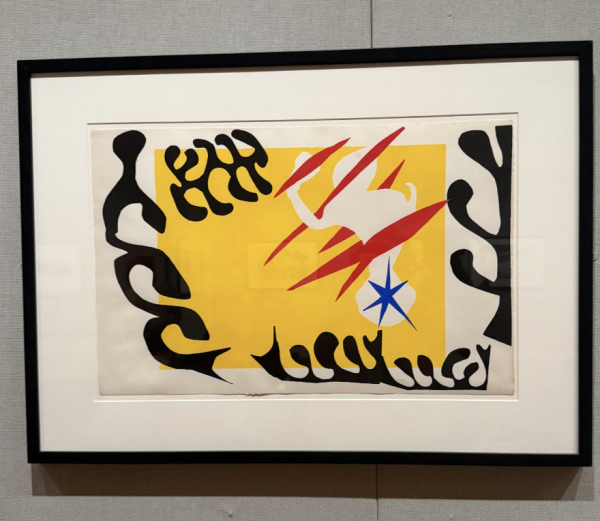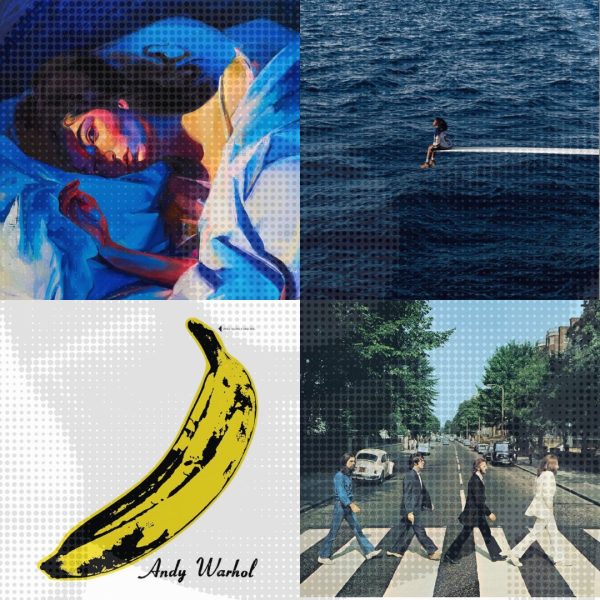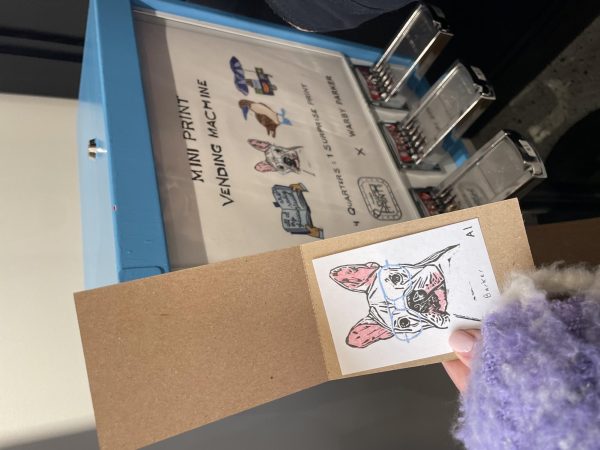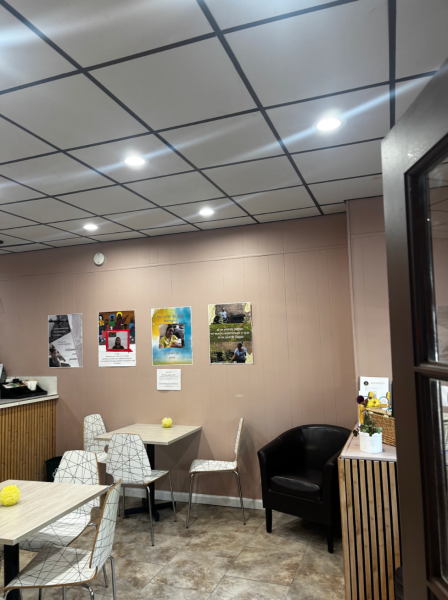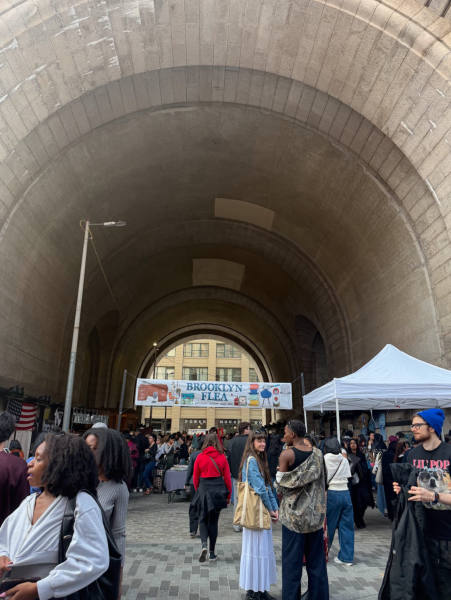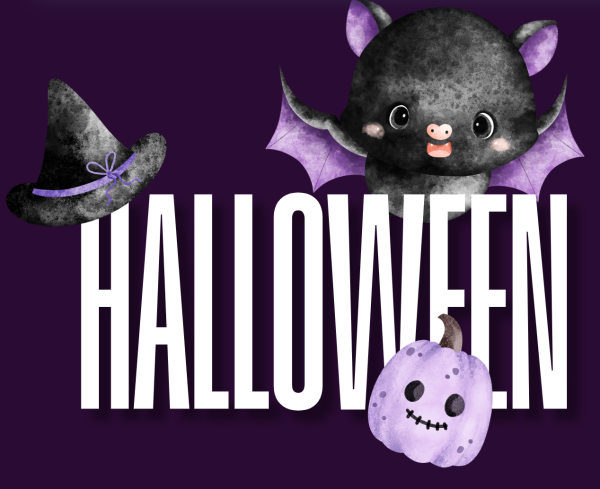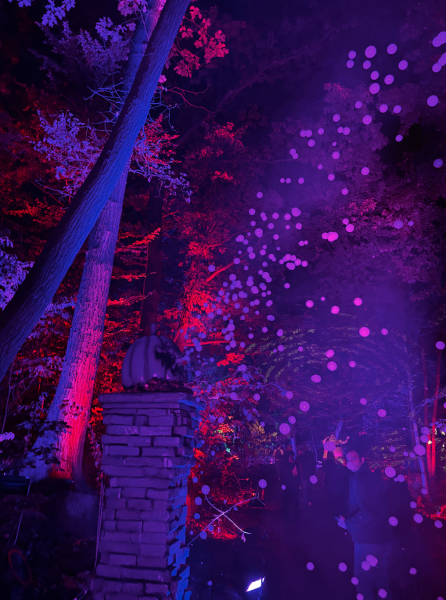Henry Chalfant Captures Bronx Art Buried in Time
In the ’70s and ’80s, The Bronx suffered. The borough was burning, heroin and crack epidemics plagued the city and crime on the subway reached an all-time high. Eventually, all of this washed away, and the city has spent the last 20 years rebuilding uninterrupted. This rebuilding, though, would also wash away the artistry and creativity that was born out of this tumultuous period.
The Bronx Museum of the Arts’ newest exhibit, “Henry Chalfant: Art vs. Transit, 1977-1987,” displays the ignored history of this time. The exhibit is Chalfant’s first United States retrospective, fittingly in the borough where what he photographed was born.
Chalfant’s photography captures graffiti spanning entire subway cars and youth culture in the Bronx, which includes the birth of hip-hop, BMX riders, fashion, breakdancing and graffiti artists. The youth culture in the Bronx would come to dominate the mainstream of today, yet the history of this art is largely unknown.
I spoke with Dr. Naison, Professor of History and African American Studies at Fordham University, who explained what was going on in the Bronx and New York City as a whole at the time Henry Chalfant was taking photographs.
Dr. Naison witnessed the period when the Bronx was burning. “I remember how helpless I felt watching it, and also never having seen anything like it,” he said.
People were afraid of the subways in New York City, and according to Dr. Naison, while he was never hurt on the subway, he partially attributes this to looking intimidating and perfecting a “junkie scratch.”
During this time, graffiti on subways became popular along with hip-hop. The graffiti was seen as a sign of urban decay and the surge of hip-hop is often attributed to the 1977 New York City blackout due to looting that allowed for equipment to be stolen by artists who could not afford it.
Eric Firestone, the producer of the exhibit, said that the graffiti scene in New York City at this time was “the most important art movement that came out of America, period.”
Chalfant photographed the work of graffiti art legends such as Dondi, Futura, Lady Pink, Lee Quiñones, Zephyr and more. Specifically, Bronx legends Blade, Crash, DAZE, Dez, Kel, Mare, SEEN, Skeme and T-Kid.
These artists’ work would spread globally and influence the graffiti scene in places like Paris and Berlin. “The kids had something to say and they said it artistically,” said Firestone, and concerning Chalfant, “without his documentation, it would just be folklore.”
I was lucky enough to speak with Mr. Chalfant about his work and the subjects he captured. He arrived as a sculptor, where he dealt with minimal, industrial work. “I was more interested in more expressive kind of work, which of course I was seeing on the sides of the trains as I was going to work myself,” he said. “The art was just beginning to develop a kind of 3-D presence on the side of the train, so that was an added stylistic attraction for me.”
Chalfant describes the desire to photograph the trains as a desire to show friends what the city was like. “This is one of the things that was happening, and I thought it was very, very cool, and I wanted to show it,” he said.
“It snowballed from there. Once I started, I had to get more. You feel like you are hunting or fishing, it’s the same kind of mentality. I want more. The big one got away. I have to go back and try to get it.”
The graffiti artists that created the work that Chalfant documented had developed a relationship with him.
He was documenting their work, and the artists would direct him to what station, train and side of the train their work was on. “They helped me out, and I gave them pictures of my stuff, and so that helped them out too,” Chalfant said. “I made friends amongst them, several of them, which I have held to this day.”
These young kids created a movement of hip-hop and graffiti hand in hand that would take over the world. This art was born out of destruction. A hard time for New Yorkers was a period of artistic prosperity for the youth of the city, and Chalfant wanted his art to bridge that gap. “I wanted people to see how beautiful these things were, these paintings on the trains, because I think it’s all a blur for most New Yorkers, it was just another assault on them, on their private space,” Chalfant said.
Graffiti is still not largely accepted in the world of fine art, much to Chalfant’s dismay. “Ultimately, we have to erase the distinction between fine art, or high art and low art. I don’t think it serves us well anymore, if it ever did. This is art,” he said.
The knowledge and skill these kids had is reflected in the graffiti. One subway imitates Andy Warhol’s “Campbell’s Soup Cans,” and Chalfant says this reflects a certain level of sophistication. “I think people think ‘oh they’re ignorant kids,’ but that’s not so. A lot of them were quite sophisticated and had been taken to museums by their parents or by their school classes, so they had some inkling of what was going on in the art world,” he said.
Today, he tells young aspiring artists to go out and create.
Henry Chalfant’s photographs capture an ignored history of New York City that has defined modern culture today. It is important that we remember the artistry embedded into the city during the ’70s and ’80s.
“Getting your name up may have been the original urge, but saying something more than ‘I am here,’ expressing deep yearnings and passions, creating beauty, revealing the drama of life, having political voice, all that is now possible and taking place all around us,” Chalfant said. He gave a voice to artists who otherwise would have been overlooked and subsequently changed the course of art.
Be sure to visit the Bronx Museum of the Arts to see “Henry Chalfant: Art vs. Transit, 1977-1987,” running until Mar. 8, 2020.
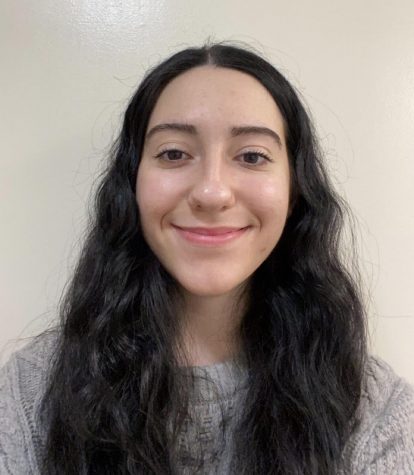
Sara Tsugranis is a sophomore at the Fordham College at Rose Hill, majoring in political science on the pre-law track and minoring in Orthodox Christian...





































































































































































































